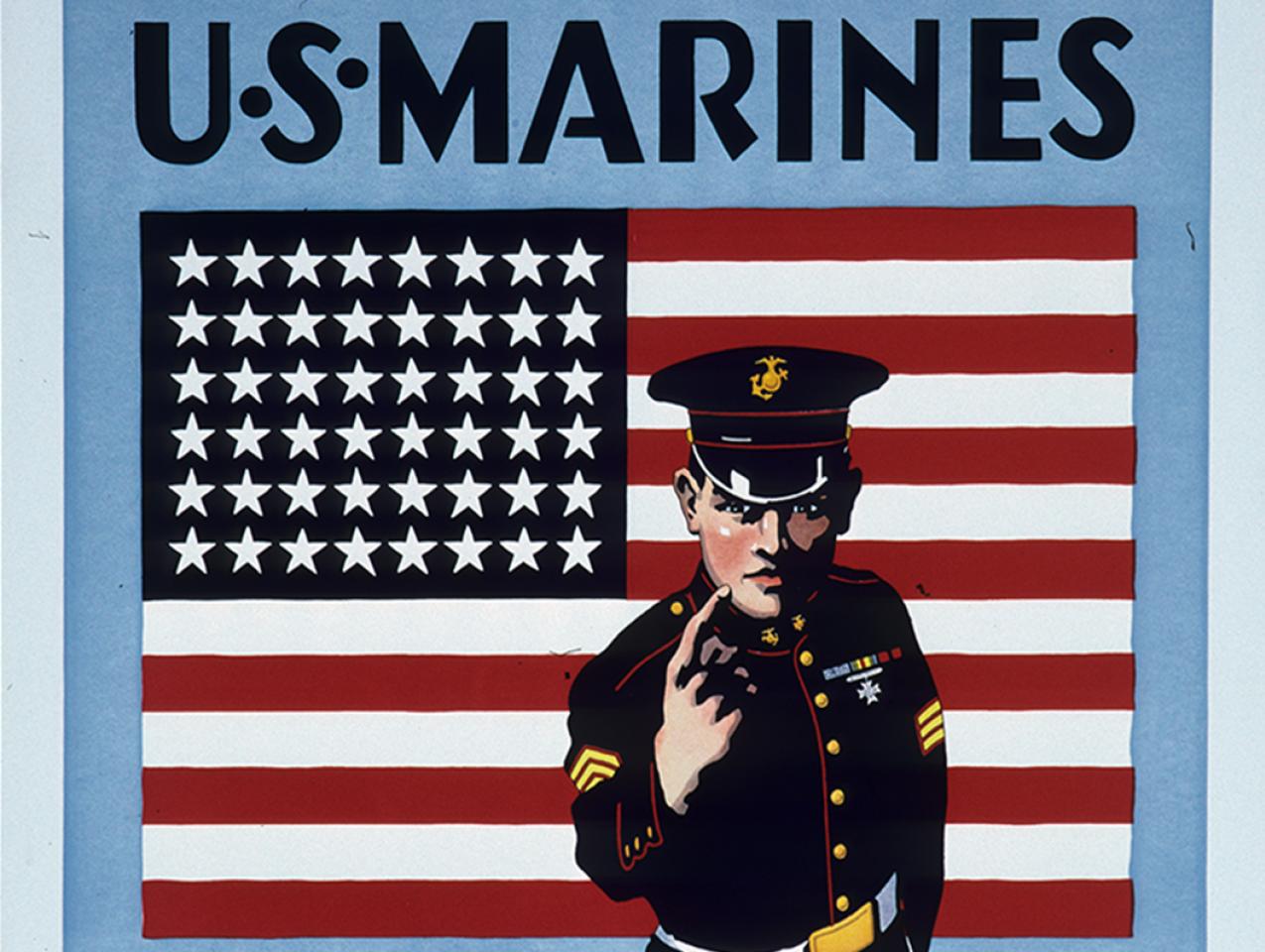Since 1775, the iconic image of the American Marine has been that of a disciplined, tough rifleman moving forward in battle, often with fixed bayonet. The Marine Corps is small, agile, and flexible, priding itself on being the first to fight, anywhere. Over the past four years, however, the current Commandant, General David H. Berger, has radically transformed the image and the mission of the Marine Corps. The primary focus now is upon developing missile units intended to sink Chinese warships. To fund those units, General Berger did away with 21% of the personnel in infantry battalions, 100% of the tanks, 67% of the cannon artillery batteries, 33% of the assault amphibious companies, nearly 30% of Marine aviation, and almost all assault breaching equipment. The desired number of large amphibious ships was reduced from 38 to 31. Due to these cuts, Marines are less capable to fight as a combined arms force. The Marine Corps cannot seize a city from an entrenched enemy, as it did Fallujah in 2004. It cannot fight on a battlefield such as Ukraine unless it queues up behind the National Guard to receive any left-over tanks and crews the U.S. Army is not employing.
What has been gained by shredding the Marine’s historic image and reducing its capability to fight in any place or clime? In theory, China is further deterred. On paper, the Marines will be prepared by 2030 to land small units on a dozen islands or atolls in the South China Sea. Each unit will include eight or ten anti-ship missiles mounted on heavy trucks, plus sophisticated naval intelligence devices to detect ship movements. When and if Chinese warships try to exit the South China Sea to attack Guam or wherever, the Marines will track and sink them.
However, the Philippines has refused to permit U.S. forces to use its bases as a staging area, let alone land on its islands in the South China Sea. Plus, the Marines don’t have the shallow-draft ships to get to those islands. The Navy is reluctant to build them and has secured the Marines’ pledge that such ships would pull out before a shooting war began. This means the Marines may never get to the islands; and if they do, they are on their own, without reinforcement or resupply. In addition, those islands are one thousand miles south of Taiwan. If Taiwan is the focus of Beijing’s future aggression, the Marines have placed themselves out of position. In short, the anti-ship mission lacks strategic coherence as well as resources.
General Berger concocted his concept in secret, not consulting the retired four-star community that, appalled by his extensive cuts, has united in opposition. Multiple articles have been written, laying out the irremediable defects in the anti-ship strategy. To sink some Chinese warships in a dubious war scenario, Marine resources and organizational cohesion have been severely damaged. General Berger’s injudicious change of direction will adversely affect Marine warfighting capabilities, internal morale, and recruiting for years to come.

















